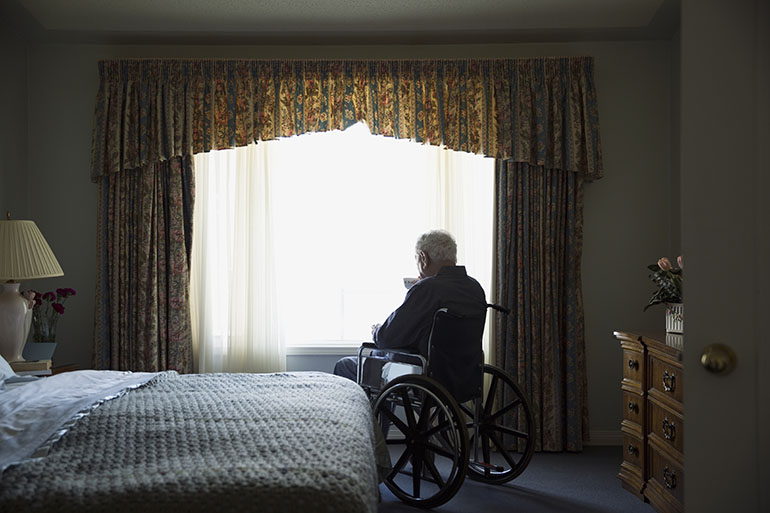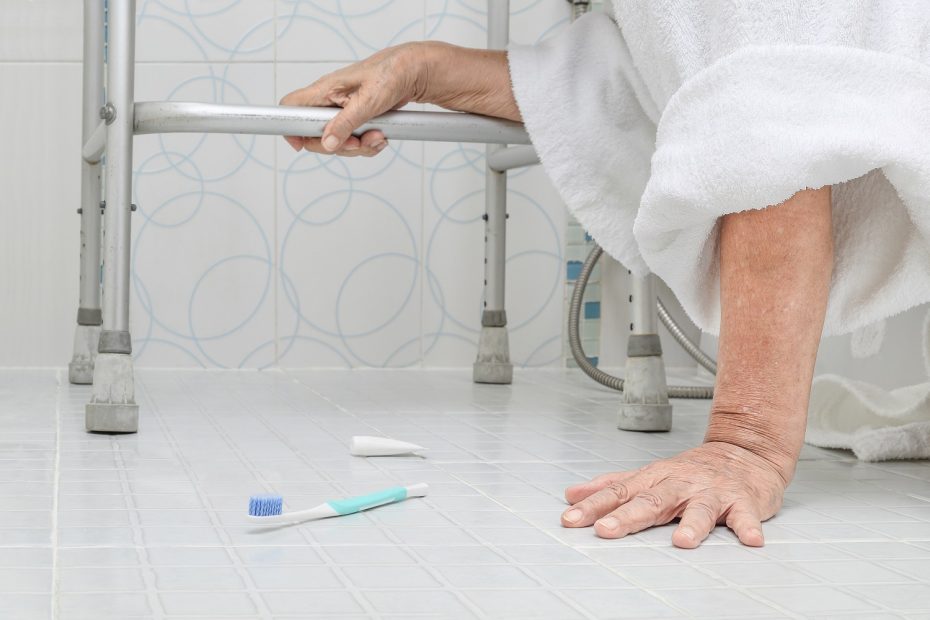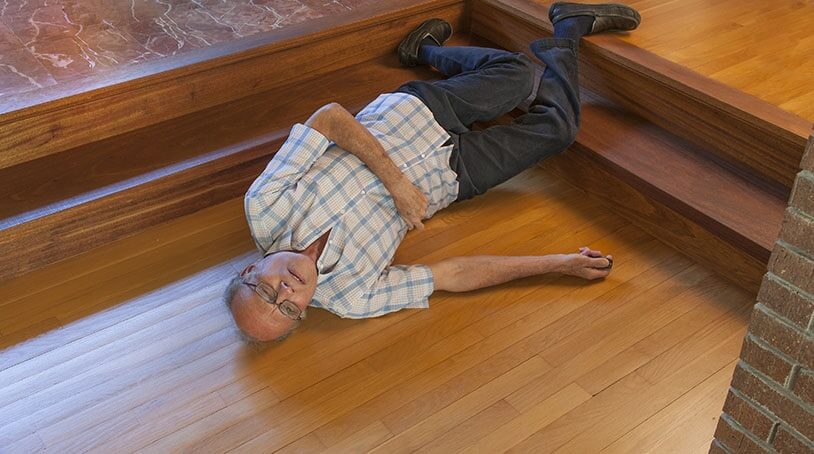Falls are a significant concern, especially for seniors, leading to severe injuries and impacting independence. Caregiver guides to fall prevention are crucial in ensuring the safety and well-being of our loved ones. As a caregiver, understanding and implementing effective fall prevention strategies is vital in creating a safe environment for seniors.

Understanding the Importance of Fall Prevention
Each year, millions of seniors experience falls, which can lead to serious injuries like fractures and head trauma. Understanding the importance of fall prevention is the first step in protecting our elderly loved ones. With the right knowledge and tools, caregivers can significantly reduce the risk of falls and enhance the quality of life for seniors.
Common Causes of Falls in Seniors
Several factors contribute to falls, including physical health issues, environmental hazards, and medication side effects. Identifying and addressing these common causes can help in developing a comprehensive fall prevention plan.
Physical Health Factors
Age-related changes, such as decreased bone density, balance issues, and muscle weakness, can increase the risk of falls. Chronic conditions like arthritis, diabetes, and heart disease also play a role in fall risk.
Environmental Hazards
Home environments can be full of fall hazards. Cluttered walkways, poor lighting, and slippery floors are common culprits. Simple modifications can make a home safer. Learn more about creating a safer home environment here.
Essential Fall Prevention Strategies
Implementing effective fall prevention strategies can make a significant difference. These strategies focus on improving safety, enhancing physical health, and making environmental adjustments.
Improving Physical Health
Encouraging regular physical activity can improve strength, balance, and coordination in seniors. Exercises like tai chi, yoga, and walking are excellent choices. Consult with healthcare providers to develop an appropriate exercise plan.
Medication Management
Reviewing medications with healthcare providers is crucial, as some medications can cause dizziness or drowsiness, increasing fall risk. Adjusting dosages or switching medications may be necessary.
Home Modifications
Simple home modifications can significantly reduce fall risks. Install grab bars in bathrooms, ensure adequate lighting, and remove trip hazards like loose rugs. Learn more about bathroom safety.
The Role of Technology in Fall Prevention
Technology plays a vital role in modern fall prevention strategies. From fall detection devices to home monitoring systems, technology provides peace of mind for caregivers and enhances senior safety.
Fall Detection Devices
Wearable fall detection devices alert caregivers in case of a fall, ensuring timely assistance. These devices are invaluable in preventing prolonged periods on the floor after a fall.
Home Monitoring Systems
Home monitoring technology allows caregivers to keep an eye on their loved ones remotely, ensuring safety even when they are not physically present.
Creating a Safe Home Environment
Making a home safe for seniors involves addressing both small and large hazards. Learn about the best flooring for fall prevention here. Regular home assessments help identify potential risks and areas for improvement.
Lighting and Visibility
Ensure all areas of the home are well-lit, especially staircases and hallways. Nightlights can help prevent falls during nighttime bathroom trips.
Furniture Arrangement
Arrange furniture to create clear pathways. Avoid clutter and ensure that all furniture is stable and secure.
The Importance of Education and Training
Educating both caregivers and seniors about fall risks and prevention strategies is essential. Training programs and workshops provide valuable information and techniques to reduce fall risks.
Workshops and Seminars
Attending workshops and seminars on fall prevention can provide caregivers with up-to-date information and strategies to implement in daily care routines.
Online Resources
Online resources offer accessible information on fall prevention. Websites like the National Institute on Aging provide comprehensive fall prevention guidelines.
Conclusion: Prioritizing Safety and Independence
By following the caregiver guides to fall prevention, caregivers can significantly enhance the safety and independence of their loved ones. Implementing these strategies requires attention to detail and dedication, but the positive impact on quality of life is invaluable.

FAQ Section
What are the most common causes of falls?
Common causes include physical health issues, environmental hazards, and side effects of medications.
How can I make my home safer for seniors?
Consider home modifications such as installing grab bars, improving lighting, and removing trip hazards. Visit this link for more information.
What role does exercise play in fall prevention?
Exercise improves strength, balance, and coordination, helping to reduce the risk of falls. Consult with a healthcare provider for a suitable exercise plan.
This article contains affiliate links. We may earn a commission at no extra cost to you.






